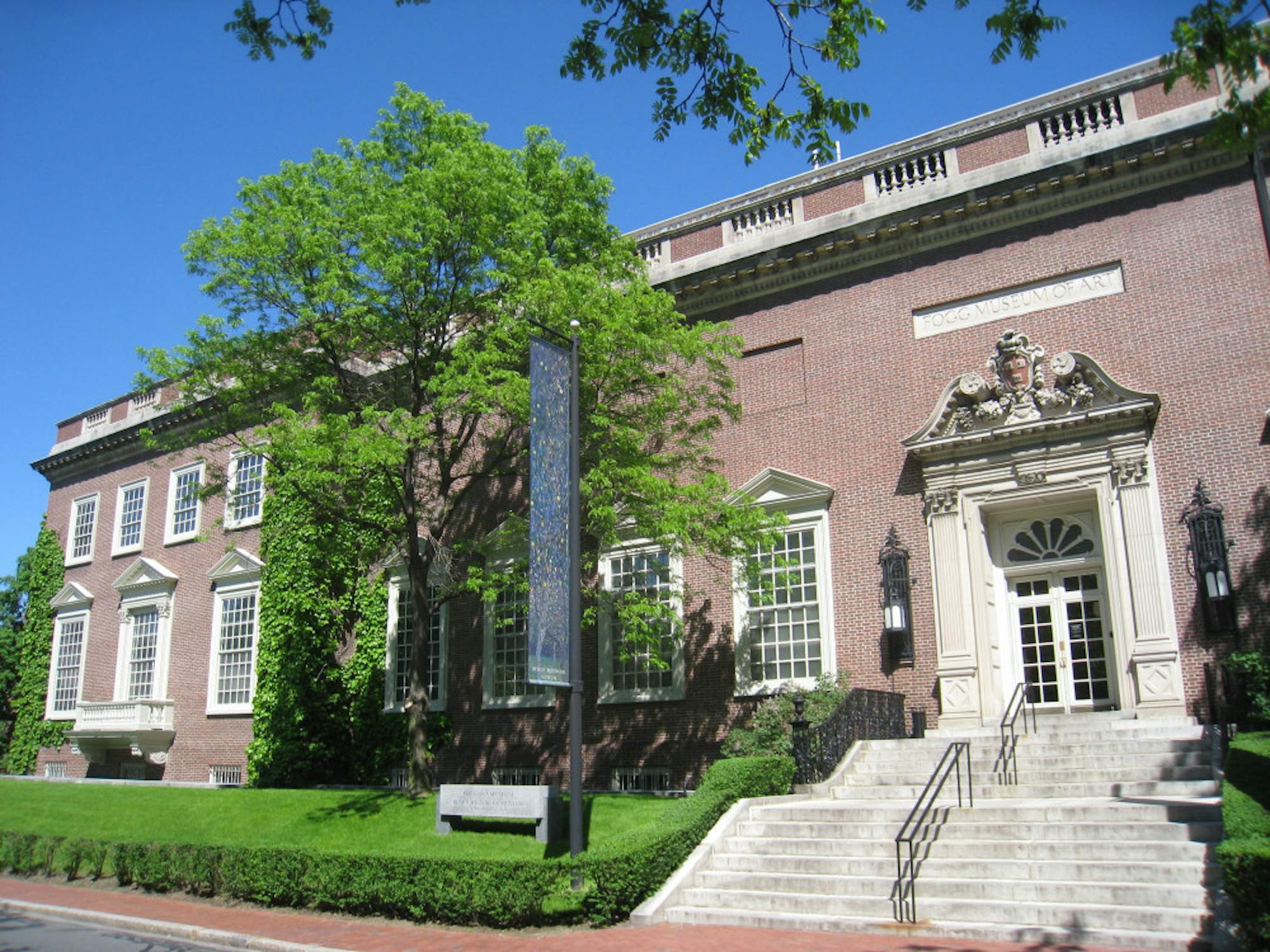To commemorate the 100th anniversary of the founding Bauhaus, a school of German art, the Busch-Reisinger Museumat Harvard has unveiled a new exhibition drawn from its vast collection of Bauhaus works. To depict the school’s close historical relationship with Harvard, curator Laura Muir selected nearly 200 works by 74 artists employed, taught or inspired by the Bauhaus.
By focusing on collaborative works, pedagogy and lesser-known artists, Muir aims to make this a fresh take on a mainstay of the museum’s collection. The exhibition, which opened Feb. 8, is being supplemented by guided tours, materials workshops and seminars in film and photography, among other attractions. Considering the scale and fame of the exhibition, the space that hosts it is surprisingly modest. About half of the showroom is reserved for university galleries, and the show’s half has been subdivided into six parts by a series of temporary half-walls.
The effect is somewhat claustrophobic, exacerbated by free-standing display cases and weekend crowds. The massive collection is split between the six chambers into eight thematic modules. Visitors pass through a small anteroom into the first module, whose contents spotlight the Bauhaus’ educational approach. Apart from its size, Harvard’s Bauhaus collection stands apart for its impressive assortment of student exercises as well as completed works; this section highlights that unique strength while offering a clever introduction to the movement’s history and key aesthetic elements.
At the same time, though, the ambitious size of the exhibition clearly overwhelms the space, which in turn saps the visitor’s energy for a history lesson. After this opening section, the collection’s chapters could be viewed in any order without losing context or flow. For some reason, however, the sections are numbered in a counterintuitive clockwise arrangement that’s more disorienting than helpful. At times, this ordinal approach seems to be working against itself. After passing through the anteroom into the gallery, the viewer gets caught in the hypnotic gaze of the exhibition’s 20-foot-long show-stopper — Herbert Beyer’s Verdure (1950) — and is thus lured out of the prescribed numerical path.
Those who have heard of the Bauhaus are usually familiar only with its architecture. One of this show’s greatest strengths is how thoroughly it explores diversity within the Bauhaus movement: style, method, influence and material. After the school’s 'voluntary' dissolution in 1933, students and faculty scattered themselves around the world, establishing hubs in France, Israel and the United States. Those hubs became laboratories for new branches of Bauhaus with subtle yet distinct variations in style. Many key figures also took refuge at Harvard, designing dorms and murals for the Graduate School of Design. As Muir presents them, the works produced during this period make a case for Harvard as its own laboratory of the Bauhaus.
It’s this intimate relationship that constitutes the heart of the show and its impact. Commanding the largest collection of Bauhaus works outside of Germany, the Harvard Museums hold the German school’s legacy — its American one at the very least — in their hands.The show’s occasional overcrowding and rigidly methodical organization make a little more sense considering this herculean responsibility. In the eighth and final chapter of the exhibition, a row of silvery black-and-white photos depicting Bauhaus artists in Harvard’s Graduate School of Design sit beside the groundbreaking works they produced for their new home. In constructing this exhibition, Muir re-writes their history for a new generation.
'The Bauhaus and Harvard’ seeks a future in the past

The Fogg Art Museum at Harvard University is pictured.





